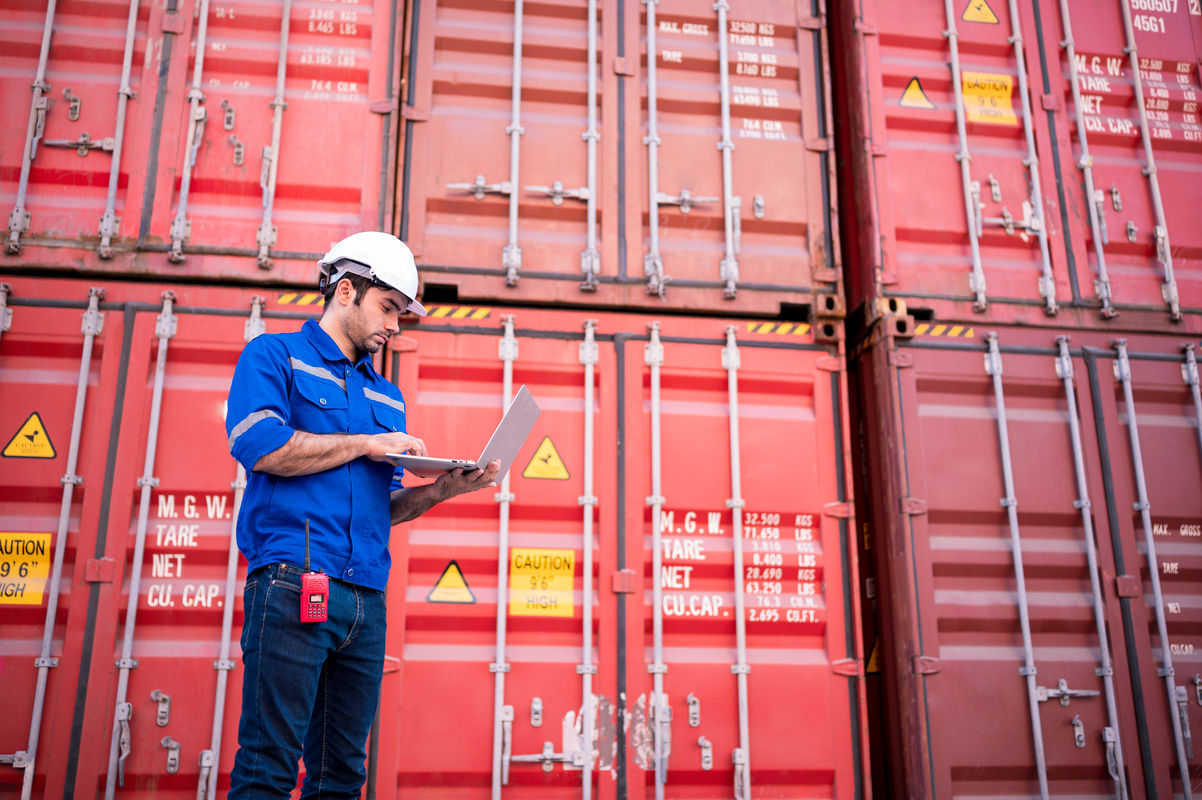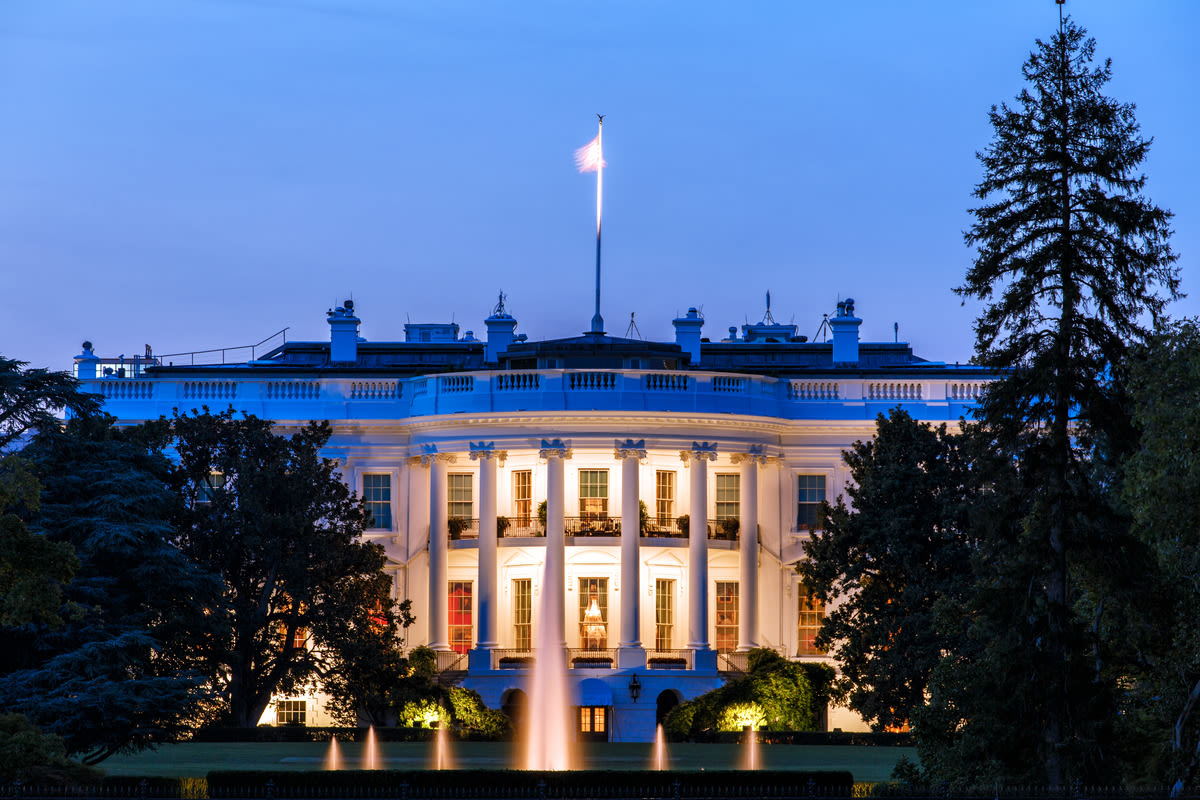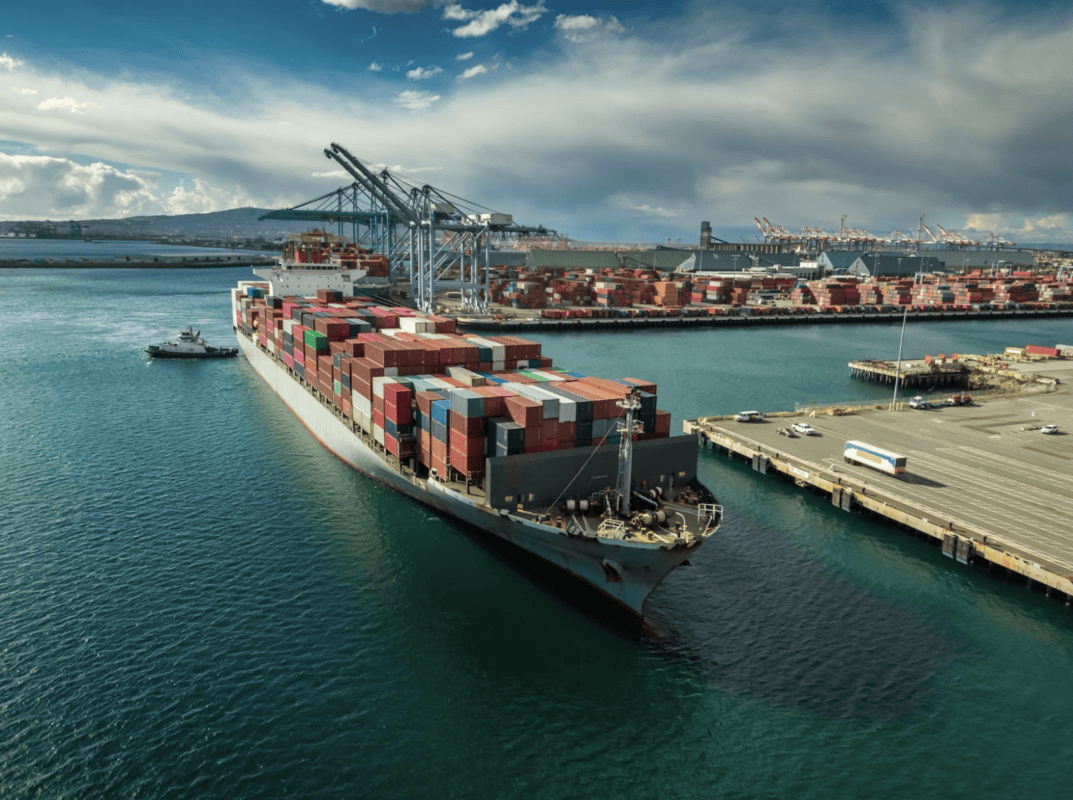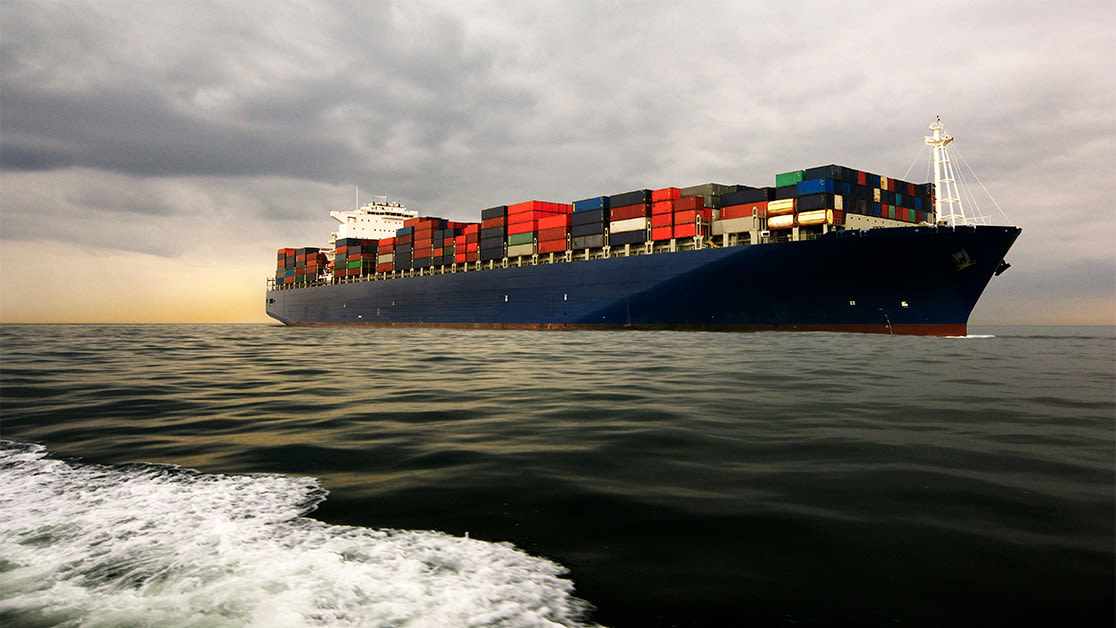
May 20, 2025
What CBP’s Feeder Vessel Update Means for In-Transit Reciprocal Tariff Provisions
Tags:

May 20, 2025
On May 15, U.S. Customs and Border Protection (CBP) provided critical clarification regarding feeder vessel scenarios and in-transit provisions for IEEPA reciprocal tariffs. Per CBP’s updated IEEPA FAQs, any U.S.-bound cargo loaded onto its final ocean vessel after the following cutoff dates (Table 1) is not eligible for the reciprocal in-transit exemption or the baseline 10% reciprocal tariff—even if the cargo departed the original port of loading before the cutoff date.
This means that many importers will be subject to higher duties—including retroactive duties associated with any required changes to filed entries.
Table 1: In-Transit Provisions for Reciprocal Duties Under IEEPA (Source: CBP)
| Date U.S.-Bound Cargo Was Loaded onto Final Ocean Vessel | Reciprocal Tariff Rate | Notes |
|---|---|---|
| Before April 5, 2025 | Exempted from reciprocal tariffs | |
| April 5, 2025–April 8, 2025 | 10% | Applicable unless the goods qualify for an exception from reciprocal tariffs |
| April 9, 2025 | 10% | Applicable exclusively to goods from China, Hong Kong, and Macau, unless the goods qualify for an exception from reciprocal tariffs |
Qualifying for Reciprocal In-Transit Provisions
Based on yesterday’s clarification, eligibility for the reciprocal in-transit exemption and the 10% reciprocal duty rate is based on the date the cargo was loaded onto its final ocean vessel—not the final mode of transport itself (ocean freight), as was previously thought. As a result, importers cannot use feeder vessel loading dates to exempt themselves from reciprocal tariffs, or to qualify for the 10% reciprocal duty rate.
Here’s a closer look at CBP’s clarification:
Scenario A: Cargo Qualifies for the Reciprocal In-Transit Provision
Before the cutoff date, U.S.-bound cargo is loaded onto a U.S.-bound vessel. On its way to the U.S., the vessel may stop at foreign ports to load or offload other cargo or to refuel, but the U.S.-bound cargo remains on board.
The cargo in this situation qualifies for the relevant reciprocal in-transit provision, as it was loaded onto a U.S.-bound vessel—its “final mode of transit”—before the cutoff date. During its journey, the U.S.-bound cargo was not unloaded or transferred onto another vessel.
Scenario B: Cargo Does Not Qualify for the Reciprocal In-Transit Provision
Before the cutoff date, U.S.-bound cargo is initially loaded onto a vessel bound for a foreign port—i.e., a feeder vessel. On or after the cutoff date, the U.S.-bound cargo is transshipped from the feeder vessel to a U.S.-bound vessel, and makes its way to its port of destination in the U.S.
The cargo in this situation does not qualify for the relevant reciprocal in-transit provision, given that it was loaded onto a U.S.-bound vessel—the final mode of transit—on or after the cutoff date.
Flexport’s Guidance for Importers
With eligibility contingent upon the date of loading onto the final U.S.-bound vessel, fewer entries qualify for the in-transit exemption and baseline reciprocal tariffs. As a result, importers will have to pay more duties.
CBP is likely to challenge some dates of export on entries that have already been filed. Importers have two options:
- Agree with CBP’s assessment, and pay the higher duty rate associated with the changed date
- File a protest with CBP (Flexport’s trade advisory team will be able to support these cases)
Flexport’s trade advisory experts can help you navigate changes to your shipments and customs entries, file a protest with CBP, mitigate tariff impacts, and more. Please reach out to your account manager or advisory@flexport.com for more details. You can also calculate and analyze tariff impacts in real time with the new Flexport Tariff Simulator. Get started here.
About the Author

May 20, 2025




